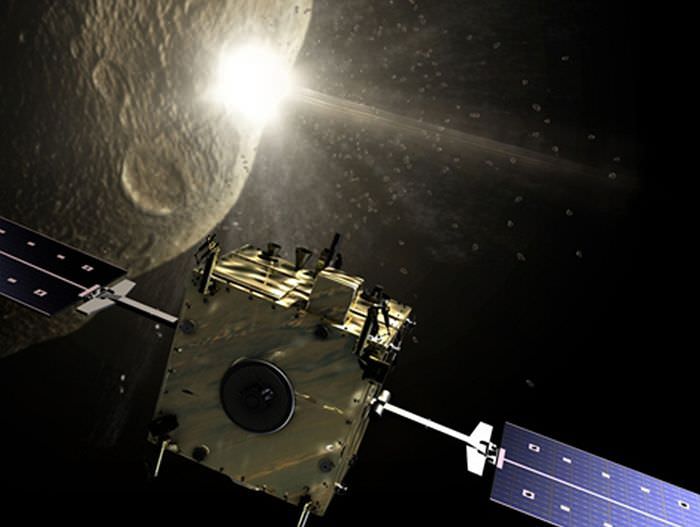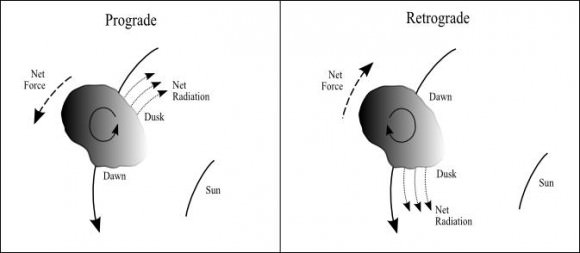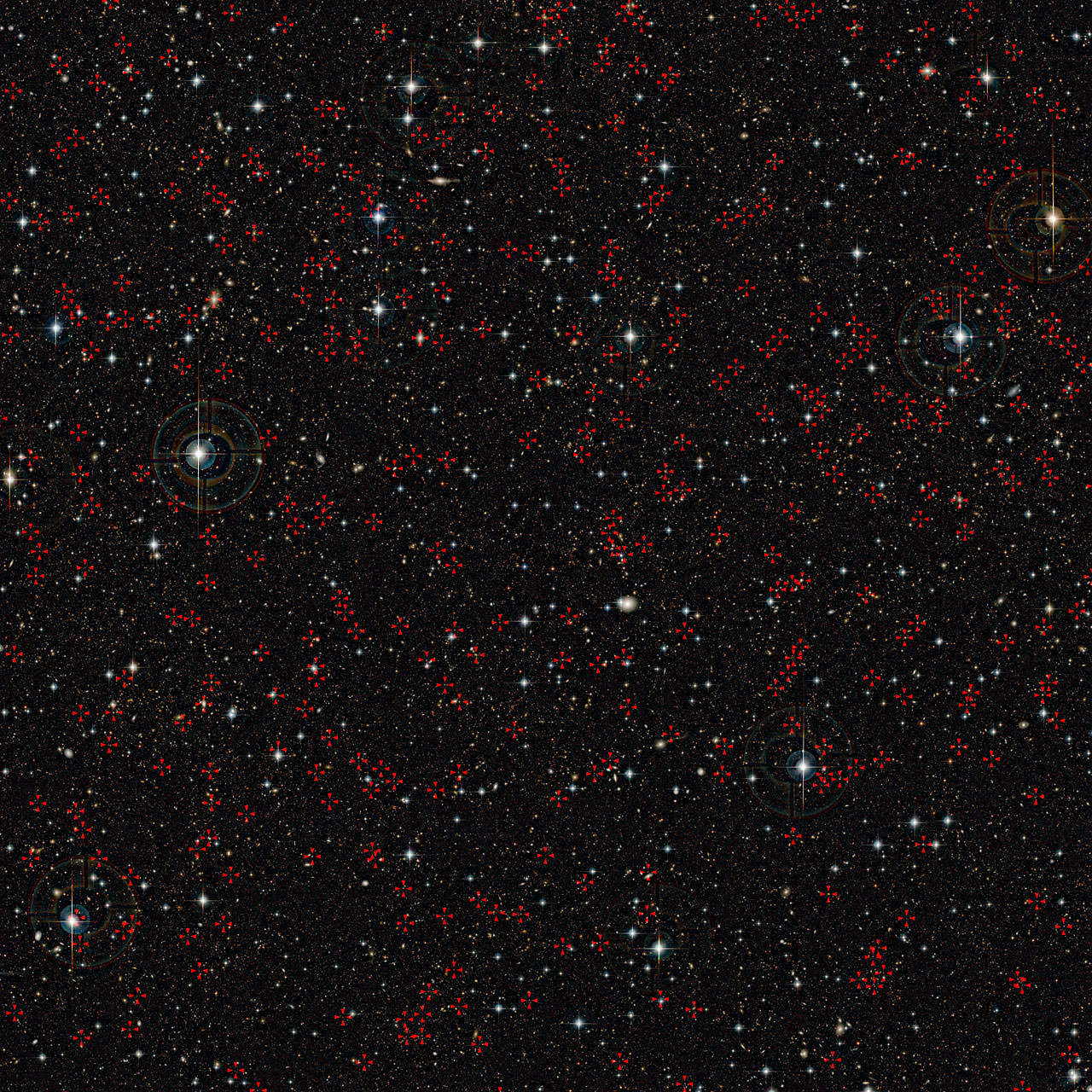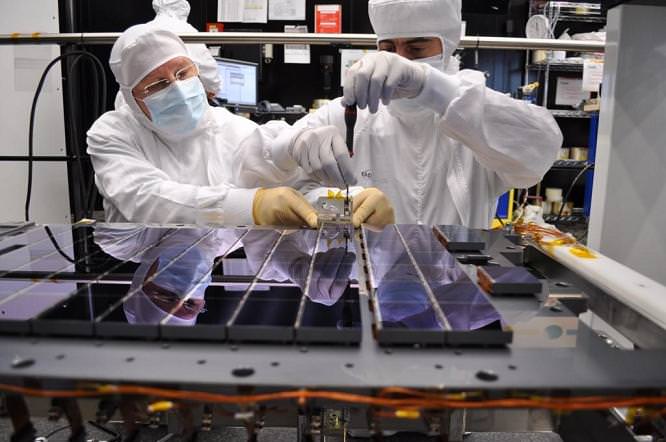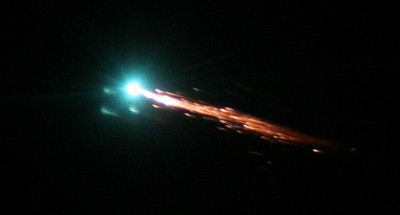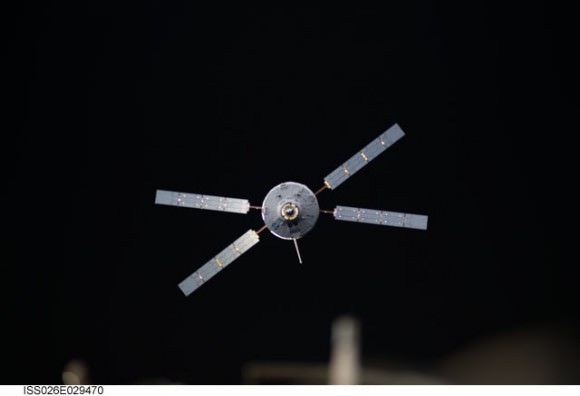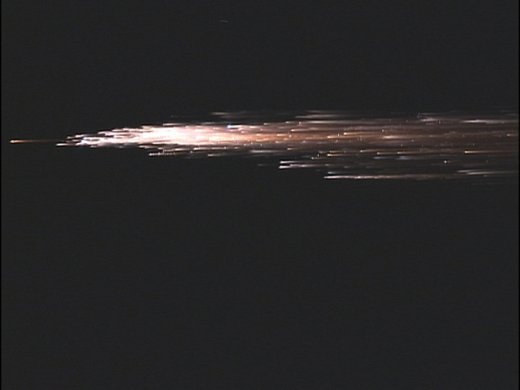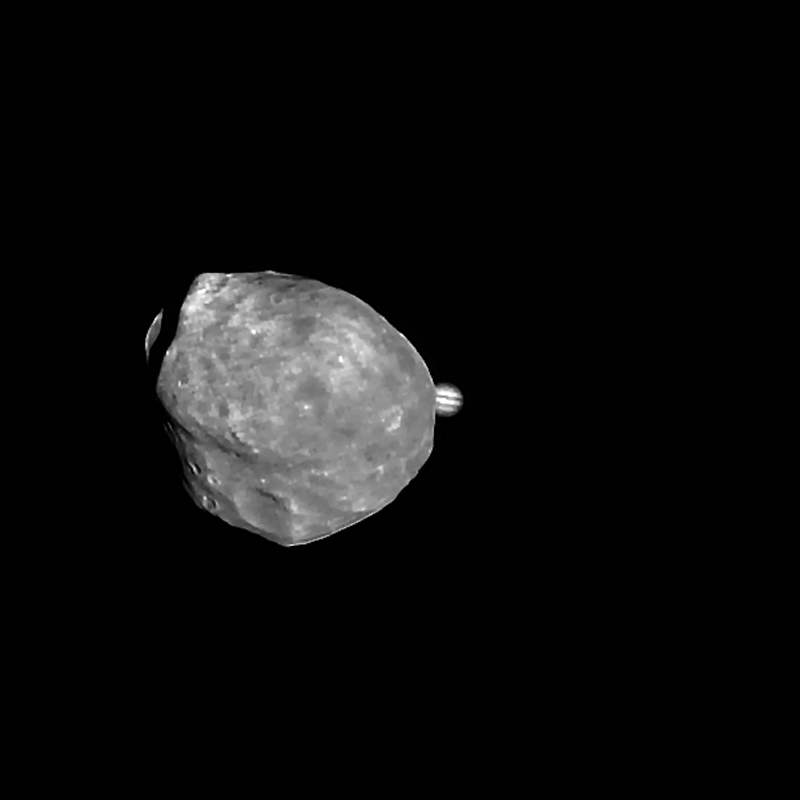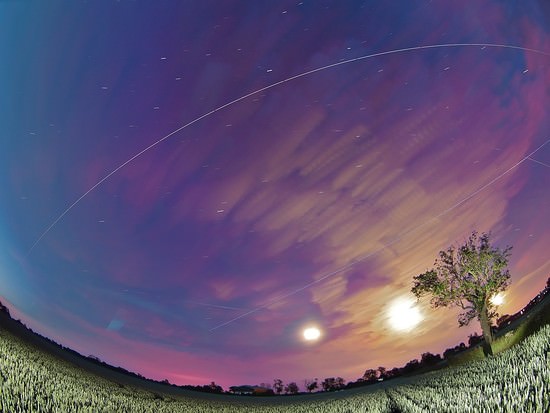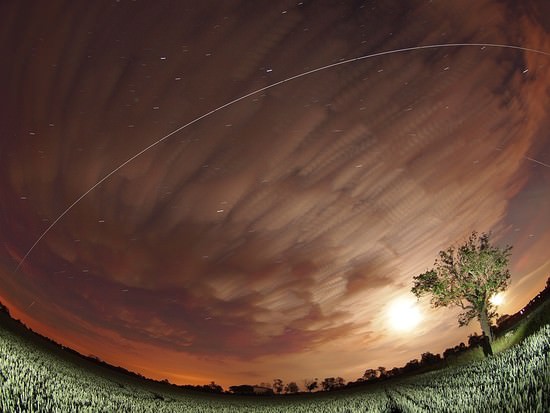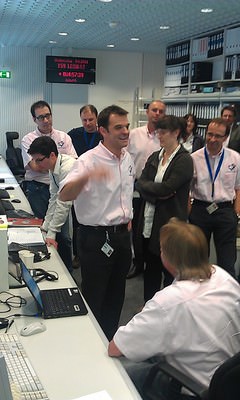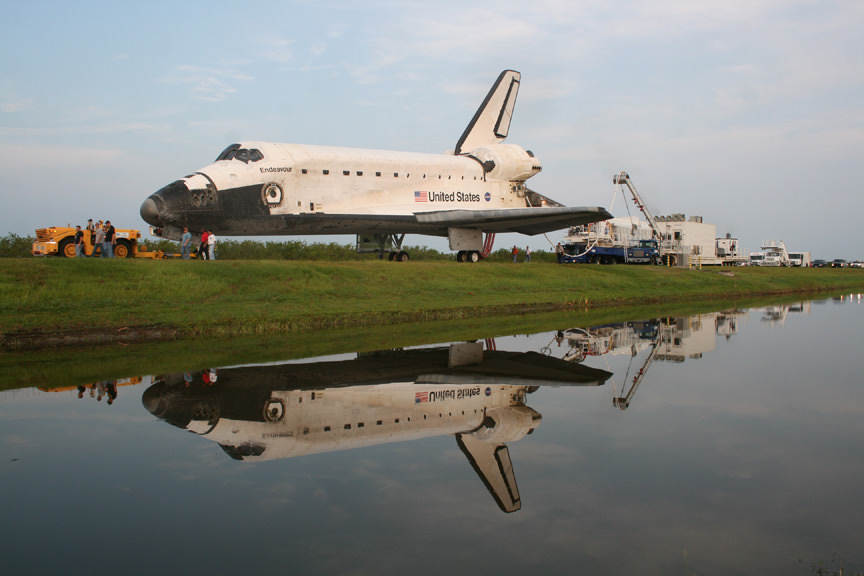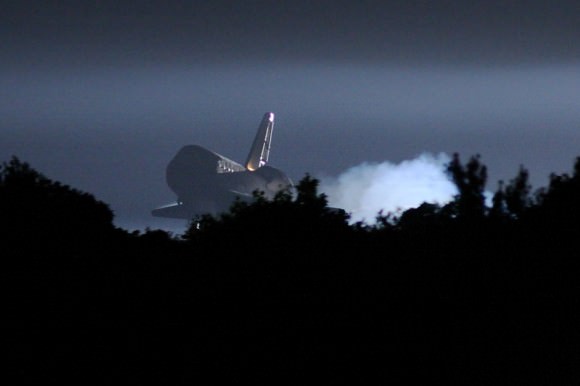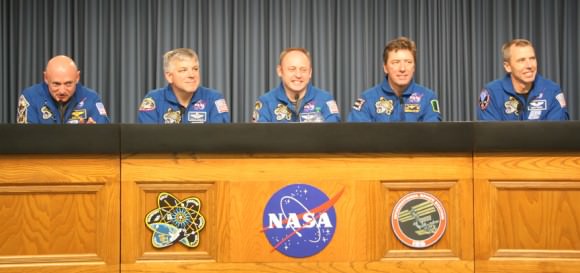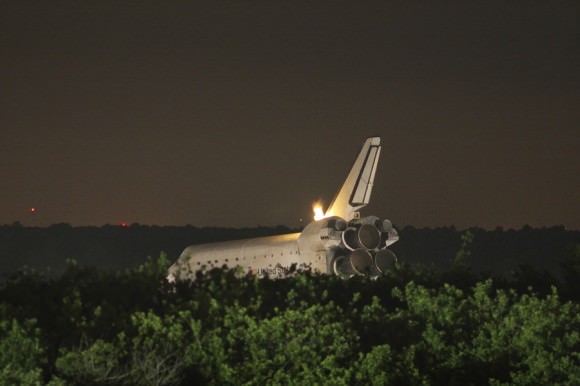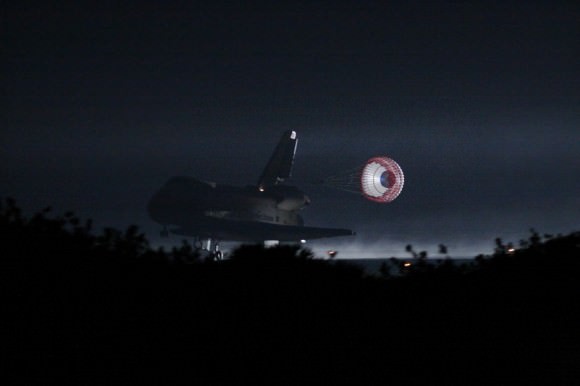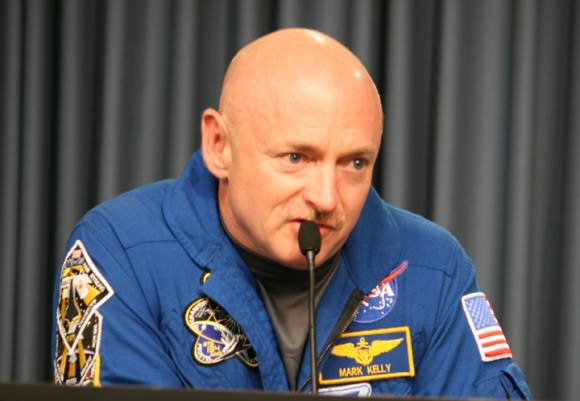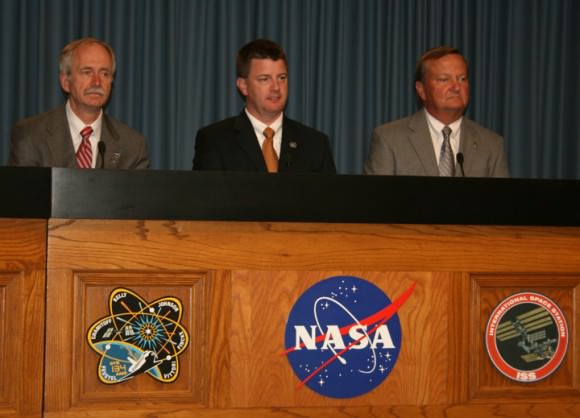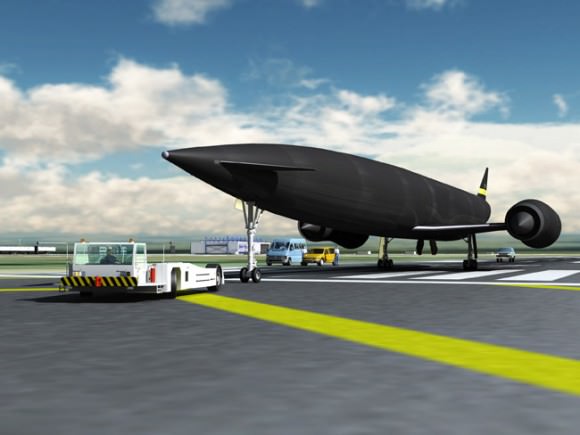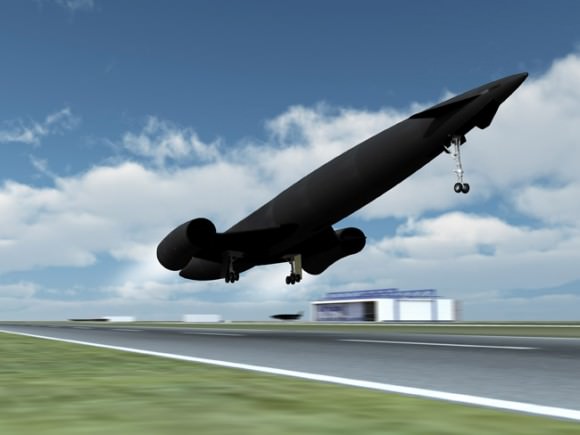[/caption]
It’s called a Lyman-alpha blob and it’s one of the largest known single objects in the Universe. It first made its presence known in the year 2000 and we know it’s located some 11.5 billion light years away. What will really get your attention is the size. LAB-1 has a diameter of about 300,000 light-years across!
Utilizing ESO’s Very Large Telescope (VLT), a team of astronomers were checking out areas of the early Universe where matter was the most dense – home to huge and very luminous rare structures called Lyman-alpha blobs. While there wasn’t anything in particular they were looking for, what they captured was something unique… evidence of polarization.
“We have shown for the first time that the glow of this enigmatic object is scattered light from brilliant galaxies hidden within, rather than the gas throughout the cloud itself shining.” explains Matthew Hayes (University of Toulouse, France), lead author of the paper.
These super-sized clouds of hydrogen gas stagger the imagination with their sheer dimensions. Some reach diameters of a few hundred thousand light-years – large enough to enfold the Milky Way three times over – and are as luminous as the most powerful galaxy we can observe. Since Lyman-alpha blobs are located so far away, we can only see them as they were when the Universe was a few billion years old, but they have a lot to teach us about their origins. Some theories suggest they shine when cool gas is pulled in by the blob’s powerful gravity and heated. Other conjectures are they are illuminated from within – lit by extreme star-forming events, supernovae or hungry black holes swallowing matter.
Thanks to these recent studies, the latest idea is the illumination comes from embedded galaxies. How do astronomers know this? By measuring whether the light from the blob was polarized. By measuring the physical processes that produced the light with sensitive equipment, researchers can gain insight from scattering or reflecting properties. However, the task hasn’t been easy considering the great distance of Lyman-alpha blobs.
“These observations couldn’t have been done without the VLT and its FORS instrument. We clearly needed two things: a telescope with at least an eight-metre mirror to collect enough light, and a camera capable of measuring the polarisation of light. Not many observatories in the world offer this combination.” adds Claudia Scarlata (University of Minnesota, USA), co-author of the paper.
According to ESO, the team observed their target for about 15 hours with the Very Large Telescope, and the light from the Lyman-alpha blob LAB-1 showed a centralized ring of polarization – but no central polarized spot. “This effect is almost impossible to produce if light simply comes from the gas falling into the blob under gravity, but it is just what is expected if the light originally comes from galaxies embedded in the central region, before being scattered by the gas. The astronomers now plan to look at more of these objects to see if the results obtained for LAB-1 are true of other blobs.”
Before they find us…
Original Story Source: ESO Science News Release.


